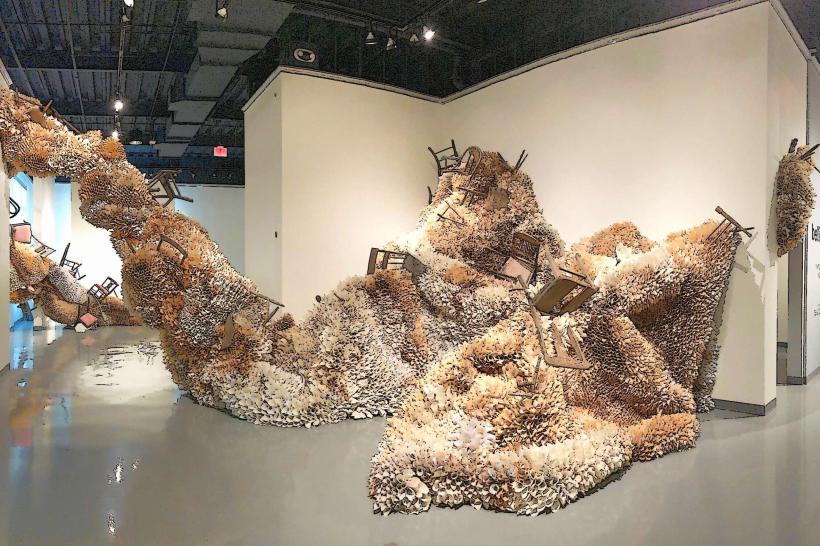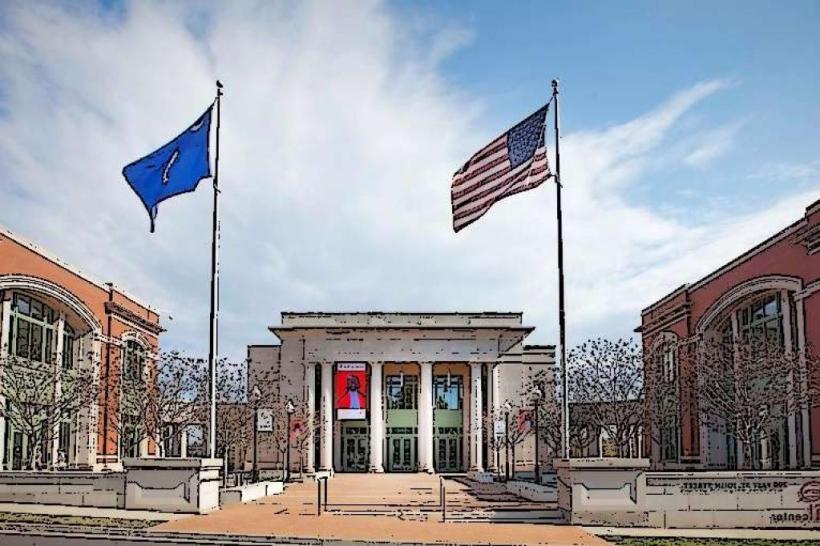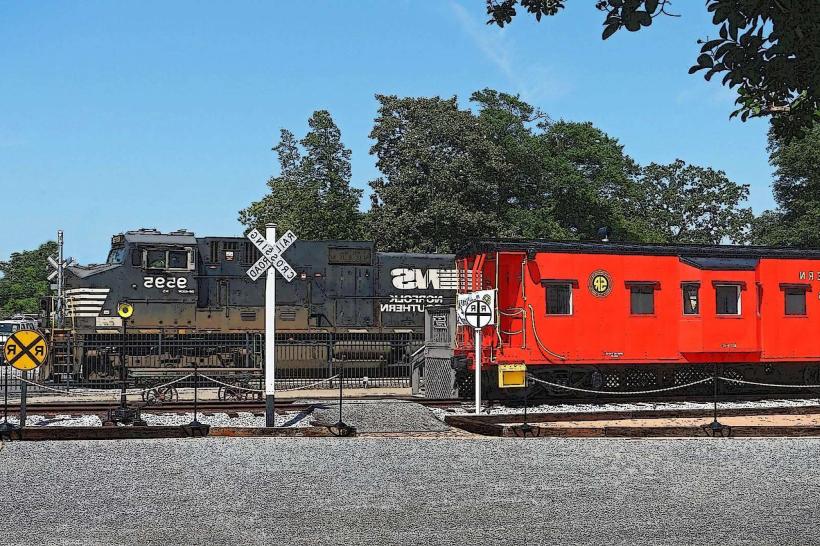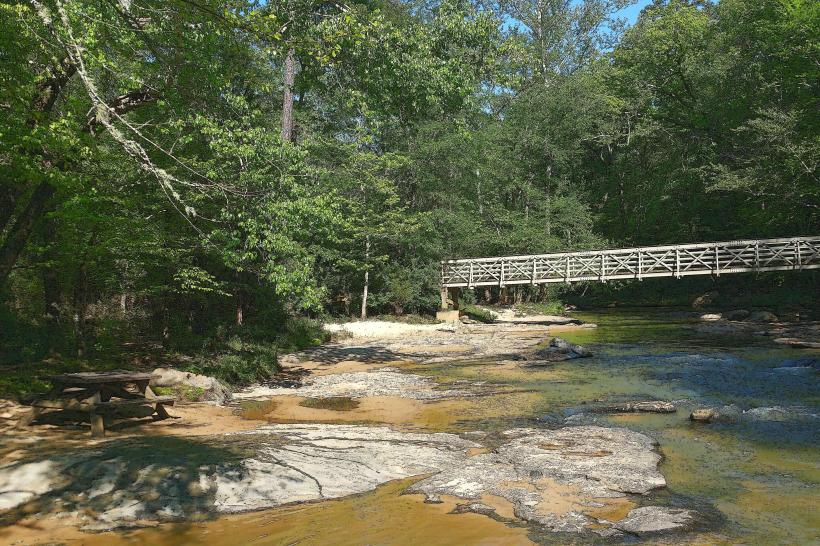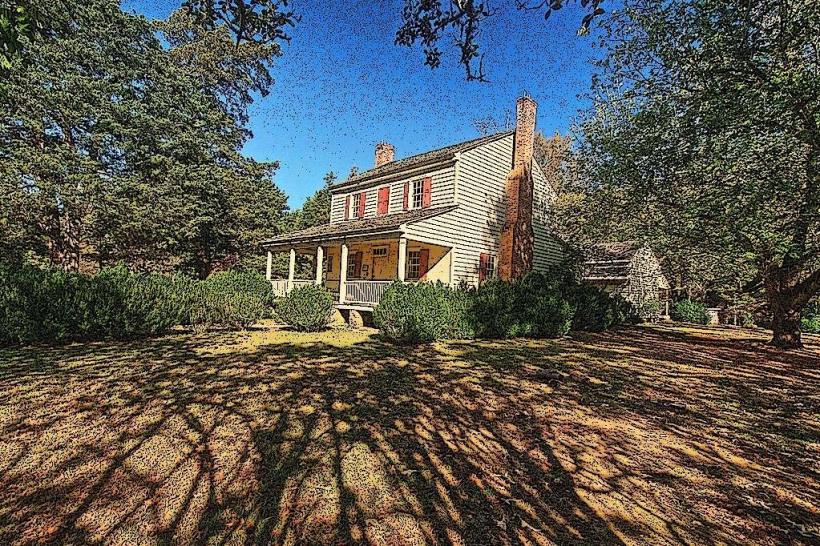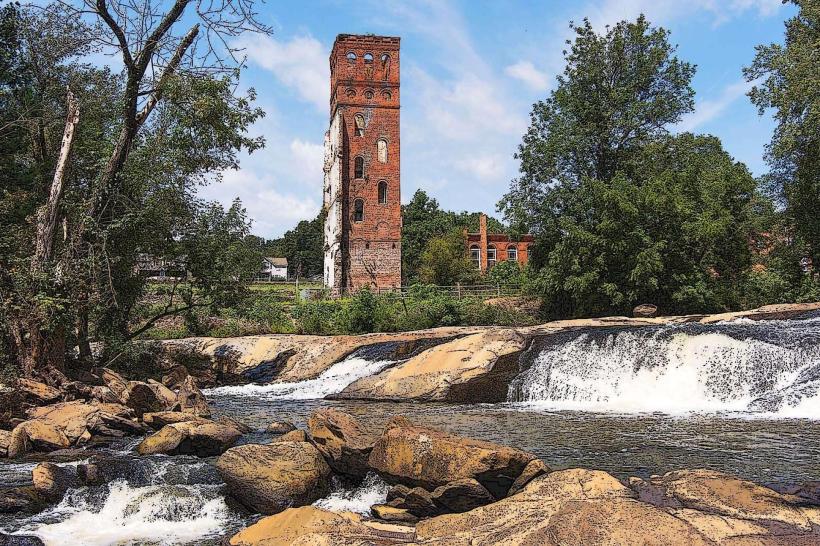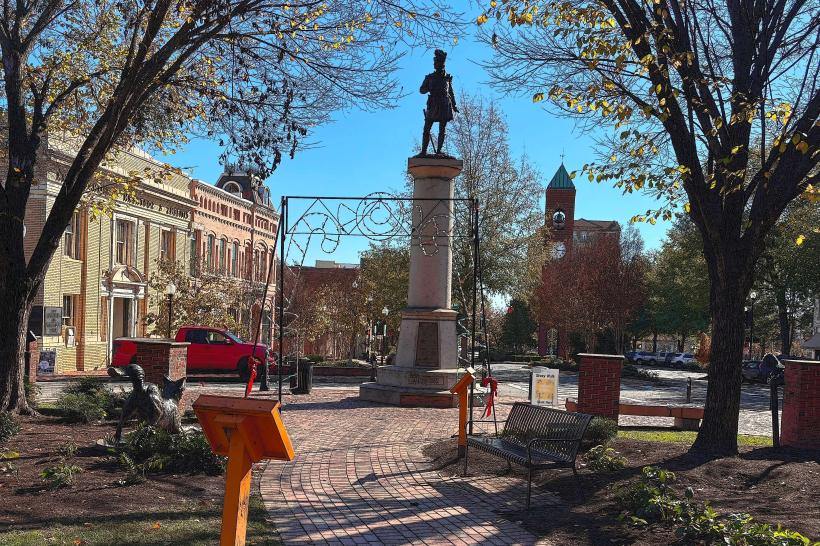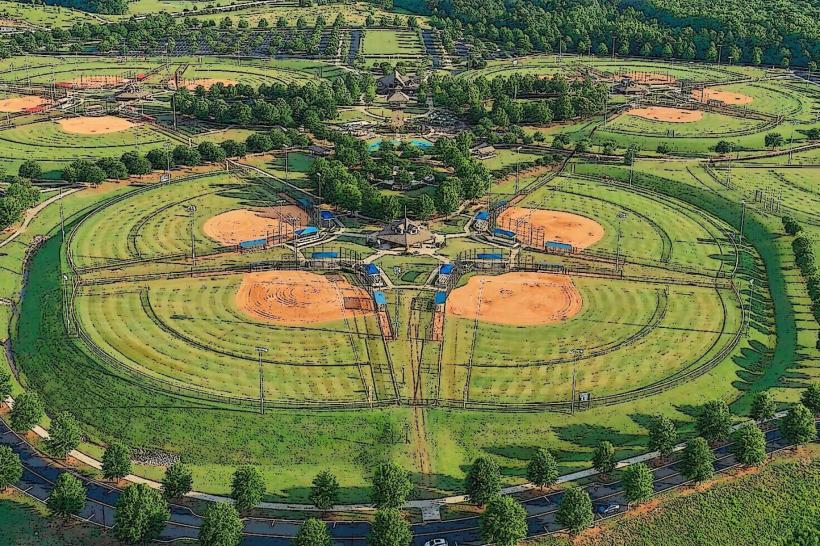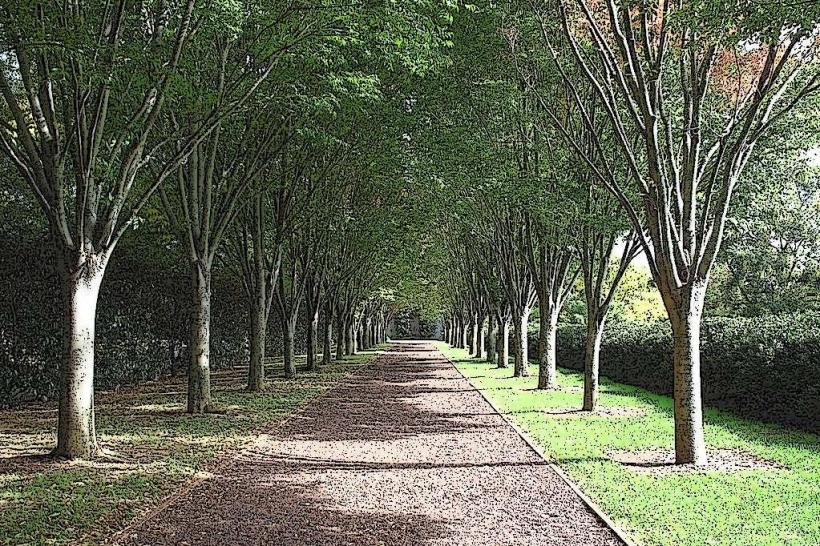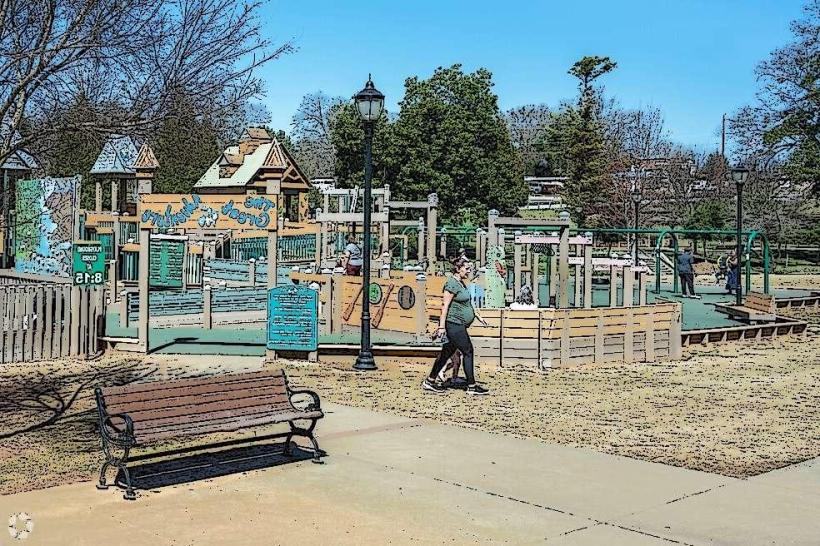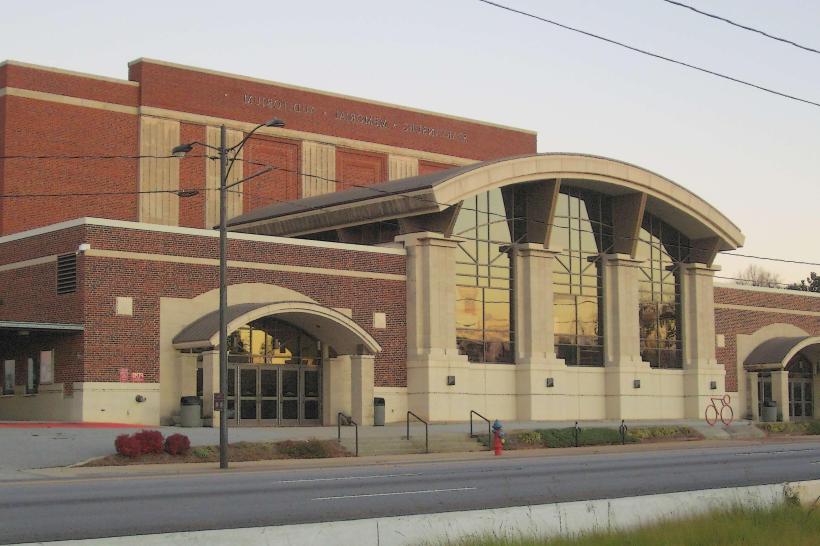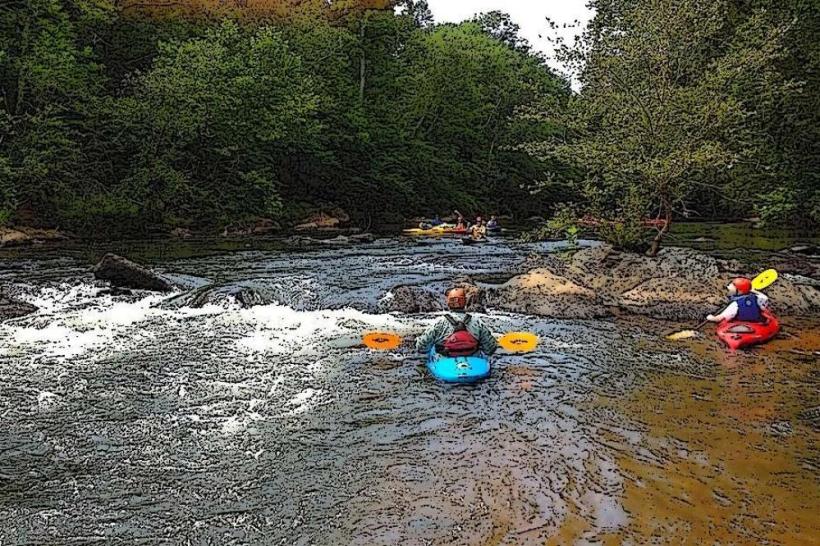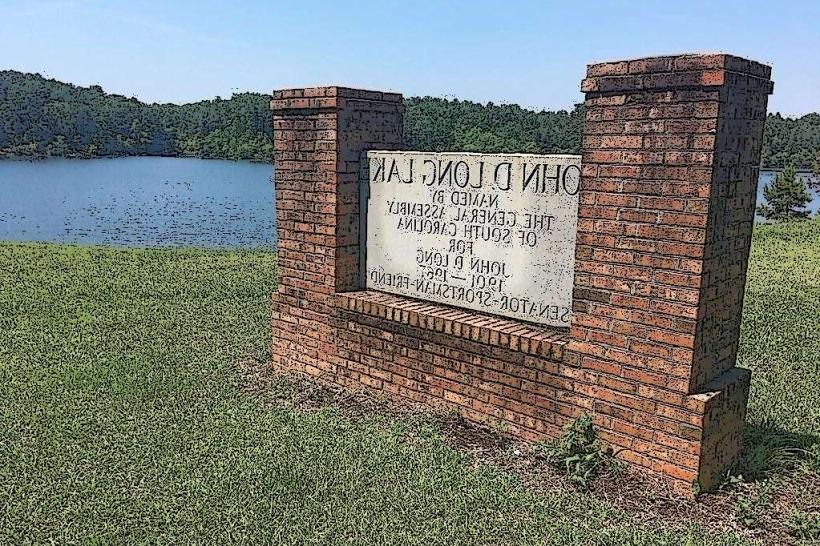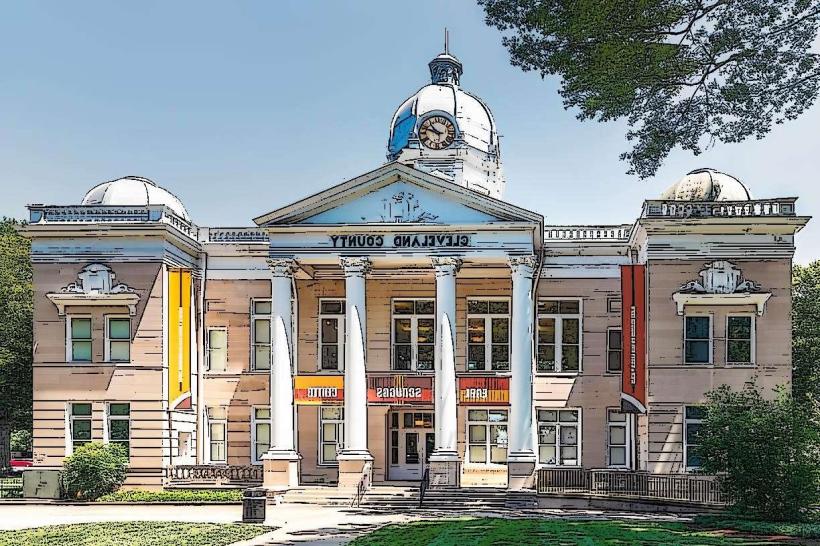Information
Landmark: Hatcher Garden and Woodland PreserveCity: Spartanburg
Country: USA South Carolina
Continent: North America
Hatcher Garden and Woodland Preserve, Spartanburg, USA South Carolina, North America
Overview
In Spartanburg, South Carolina, Hatcher Garden and Woodland Preserve is a 10-acre public botanical garden and natural woodland, what’s more it is a stunning display of gardening and calming sanctuary, blending formal gardens with more organic woods.It is an accessible community treasure, and admission to the site is free all year round..History and Origins. Harold and Josephine Hatcher purchased a neglected plot of former cotton farmland in 1969, which marked the beginning of the garden, as a result the Hatches made the investment.Their vision was one of a lush green area rather than an empty lot, on top of that through decades of improvement and land reform, they improved the quality of the environment by planting thousands of trees, shrubs, and flowers to manage runoff.They included ponds, streams, and winding trails to create layers of land that encouraged exploration and seasonal interest, also the property was given to the Spartanburg County Foundation by members of the Hatchers in the 1980s to preserve it for future generations.It is now under the management of a nonprofit organization that upholds their legacy of public access and stewardship.Layout and Landscape. The preserve's design fuses intentional garden planting with organic woodland formation, moreover the visitors are welcomed by an inviting garden area that opens onto a network of paths, some with asphalt and others miter/plowwood species, that meander around water bodies to explore different planting areas.The terrain is easy to navigate, and it features seating areas that provide views of water bodies, floral arrangements, or shaded woodland scenes.The top layer is made up of mature hardwoods like oak and maples, as well as tall conifers such as pines and cedar.Dogwoods, redbuds and magnolias are subcanopy plants that produce flowering flowers in the spring and early summer..All year round, azeleas, seminal flowers, along with hydrangea and camellia or holly, provide coloration and texture in clumps.Shaded areas are where ferns, hostas (native wildflowers), mosses, ornamental grasses and perennial borders are found on the ground layer.Specialty Gardens and Features.The Conifer Garden comprises of over 200 coniferae, including rare dwarf species and deciduous conical ones like bald cypress.Butterfly Garden: Featuring milkweed, lantana, and butterfly bush plants that are rich in nectar, providing a diverse range of pollinators.The water is made up of multiple ponds that are connected by miniature waterfalls and streams, which provide with habitat for fish, frogs, and other aquatic plants.Closed-off views of wetlands plants can be seen on bridges and boardwalks that cross streams.Areas of wildlife: Designed to support native birds, tiny mammals and pollinators.Garden beds and paths can be embellished with sculptures and art to increase their attractiveness.Community and Educational Role. Rather than a mere amusement park, Hatcher Garden is essentially educating individuals through its educational programs, not only that a lot of school groups and garden clubs also come for environmental education, plant identification walks and guided tours....The names of plants, their origins and their ecological roles are all marked with interpretive signs throughout.' By offering seasonal plant sales, bird-watching mornings, and volunteer days, the garden is a vital part of the community.Visitor Experience. Typically, visitors follow a short loop trail that spans approximately 0.4 miles, but it is possible to explore more by taking sideways routes, while these slight gardens can be seen in under an hour, but they are rich in detail for those who stay....Oddly enough, Quiet contemplation is encouraged by binning stools, gazebos, and shaded areas, furthermore as the garden changes significantly with each season, repeated visits reveal fresh flowers, changing foliage, and diverse wildlife.The preserve can be reached by car, and it is only a brief drive from downtown Spartanburg.Seasonal Highlights.Spring is characterized by the presence of dogwoods, redbuds and azaleas as well as tulips, moreover green ponds with recent green growth.'The summer season provides a respite from the heat thanks to butterfly activity, hydrangeas blooming, and woodland trails being used for shade.In autumn, maples and oaks glow in reds or golds while conifers stand out as a unique feature.In the winter, the garden is characterized by sparse branches and the prominence of evergreen planting.Hatcher Garden and Woodland Preserve is a prime example of how to turn an ancient site into thriving public land with abundant biodiversity.This location is as much a source of enjoyment for plants, animals or simply for being on your own.
Author: Tourist Landmarks
Date: 2025-08-14

